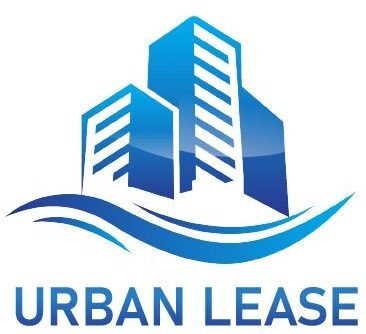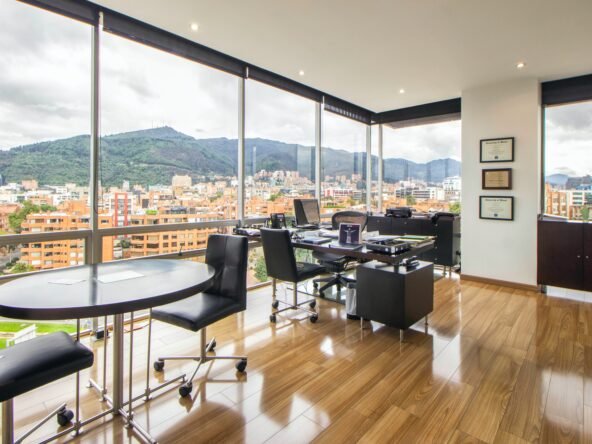In an era of rapidly evolving business dynamics and technological advancements, the commercial real estate sector is undergoing a profound transformation. As businesses adapt to changing work patterns, technological disruptions, and sustainability imperatives, it’s crucial to understand the evolving landscape and the strategies that can lead to success in this new era.
1. Flexible Workspaces Take Center Stage
The traditional concept of offices is evolving into flexible workspaces that cater to the needs of a dynamic workforce. Co-working spaces, shared offices, and hybrid models are becoming increasingly popular as businesses seek agility and cost-efficiency.
2. The Impact of Technology on Commercial Spaces
The integration of technology is revolutionizing commercial spaces. Smart buildings, IoT-enabled systems, and data analytics are enhancing operational efficiency, reducing energy consumption, and creating safer and more productive environments for occupants.
3. Sustainability and Green Buildings
Sustainability is no longer an option; it’s a necessity. Green buildings, powered by renewable energy sources and designed with eco-friendly materials, are gaining prominence. Businesses are recognizing that sustainable practices are not just ethical but also economically beneficial.
4. The Hybrid Work Model
The pandemic accelerated the adoption of remote work. As a result, the hybrid work model, which combines in-office and remote work, is on the rise. Commercial spaces need to adapt to support this flexible approach while maintaining collaboration and productivity.
5. The Reshaping of Retail Spaces
Retail spaces within commercial developments are evolving into experiential destinations. Businesses are incorporating interactive elements, pop-up stores, and immersive experiences to attract and retain customers.
6. The Importance of Wellness in Workspace Design
Health and wellness have taken center stage in commercial space design. From ergonomic furniture to improved air quality, businesses are investing in creating spaces that prioritize the well-being of employees and customers.
7. Redefining Retail and Commercial Mix
Mixed-use developments that combine retail, office, and residential spaces are becoming more prevalent. This trend creates vibrant, 24/7 environments that cater to diverse needs and preferences.
8. Data-Driven Decision Making
Data analytics and AI are empowering businesses to make data-driven decisions about their commercial spaces. This includes optimizing space utilization, improving security, and enhancing the overall occupant experience.
9. E-commerce and the Last-Mile Challenge
The growth of e-commerce is driving demand for distribution centers and warehousing facilities. These are becoming crucial components of the commercial real estate landscape, especially in urban areas.
10. Adapting to Uncertainty
The ability to adapt to uncertainty is a key success factor. Commercial spaces that offer flexibility in lease terms and configurations provide businesses with the agility needed to thrive in changing market conditions.
Urban Lease is at the forefront of helping businesses navigate this evolving commercial real estate landscape. Our expertise in commercial spaces ensures that businesses can secure the ideal locations and environments to thrive in these new realities.
The future of commercial spaces is full of opportunities for those who embrace change, leverage technology, and prioritize sustainability and well-being. As we move forward, it’s clear that the commercial real estate sector’s transformation is far from over, and those who adapt and innovate are most likely to excel in this exciting new era.



